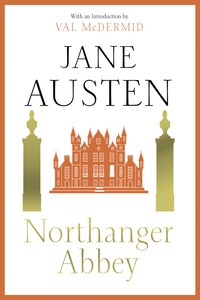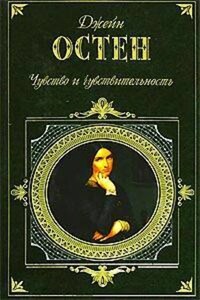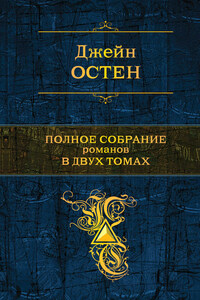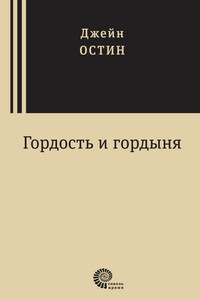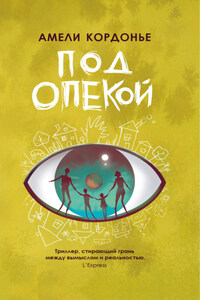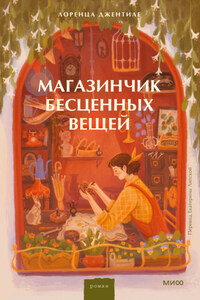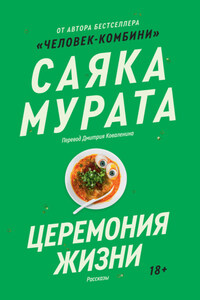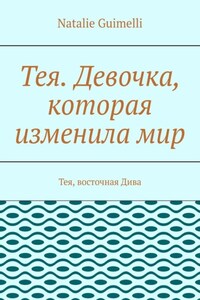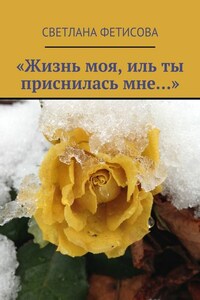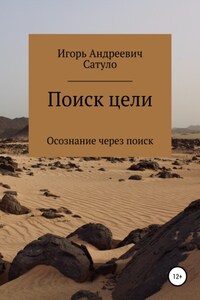Northanger Abbey is the least conventional of Jane Austen’s six published novels. It’s also the least well known, which always surprises me because in some respects, it’s much closer to modern fiction than it is to the Victorian novels that succeeded it. Like the other five, it has at its heart a love story shaped by the conventions of the time. But unlike them, it goes beyond that to take a shrewd and unsparing look at the role fiction plays in our lives.
This is the novel where Austen tells us what she really thinks about her companions in the literary landscape. She takes sideswipes at those who claim fiction is a waste of time. She lambasts historians and poets alike. She upbraids her fellow fiction writers for not standing up for themselves and giving their heroines only ‘improving’ books to read. She points the finger at critics who despise the works that give pleasure to so many readers. It’s a Regency rant that wouldn’t be out of place in a twenty-first-century blog – sharp and sarcastic, she skewers those who have no time for novels or their creators.
Austen reminds us that the novel at its best is ‘work in which the greatest powers of the mind are displayed, in which the most thorough knowledge of human nature, the happiest delineation of its varieties, the liveliest effusions of wit and humour are conveyed to the world in the best chosen language’.
But that doesn’t mean she’s blind to the deficiencies of some novelists. And in this book she seizes the chance to poke fun at a whole sub-genre of her contemporaries – the gothic horror novel. At its heart, Northanger Abbey is a satire that takes apart the tropes of the gothic horror genre and exposes their ridiculous characters, their improbable narratives and their failure to reflect the lives of their readers in any significant particular. Austen has no patience for the suggestible readers who see the novel as any kind of blueprint for living.
It’s that sideways look at the effects of our reading material on the choices we make that also renders Northanger Abbey the funniest of Austen’s sly social comedies. We might not read the novels of Mrs Radcliffe and Thomas Love Peacock these days, but human nature remains the same. We all know people who live their lives convinced the zombie apocalypse is just round the corner or who place the same faith in Bridget Jones and her fellow heroines as the young protagonist, Catherine Morland, places in the reality of the horror novels she loves. And with equally unfortunate emotional consequences. The satire bites as hard now as it did at the time of writing.
One of the strengths of Jane Austen’s work is that when we reread her, she rewards the different sensibilities of our age. We find a fresh understanding of the novels because our experience of life is wider and deeper. Austen’s skill is to provide new readings of her work that chime with our greater understanding of people’s dreams and fears.
The first time I read Northanger Abbey I was an undergraduate at Oxford studying the early development of the English novel. I was seventeen – the same age as Catherine Morland, though naturally I considered myself far more mature and worldly than she is. I remember feeling some impatience with Austen’s position that a woman needed to define herself in terms of her relationship to a man – father, fiancé, husband, brother – but the one thing I had no difficulty with was accepting the notion that you could lose yourself so thoroughly in a book that it assumed a heightened reality that was much more interesting than life itself. I’d spent my teens injecting myself into the plots of novels I was reading, because my own daily grind was infinitely duller by comparison. In that respect, I totally got Catherine Morland.
I read it again in my mid-thirties, when I was trying to develop my own craft as a writer of fiction. Austen was one of a handful of writers that I turned to as a sort of DIY masterclass. (The others included Robertson Davies, Ruth Rendell, Margaret Atwood, Robert Louis Stevenson and Reginald Hill.) What I was looking for then was how those writers organised their storytelling. And what intrigued me about Northanger Abbey was that it seemed to me that part of the satirical impact of the novel came from the way it consciously parodied the form of the gothic novel itself. It inhabited that form so completely, with its melodrama, its unlikely coincidences, its improbable consequences and the ultimate puncturing of suspense by the mundane. Stealing the clothes of the very form it was satirising underlined the force of the point Austen was making – that taking fiction as a guide for life is misguided at best.
